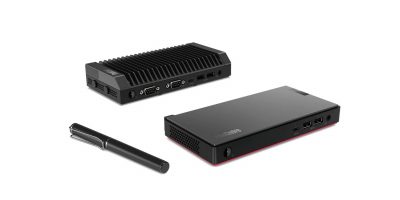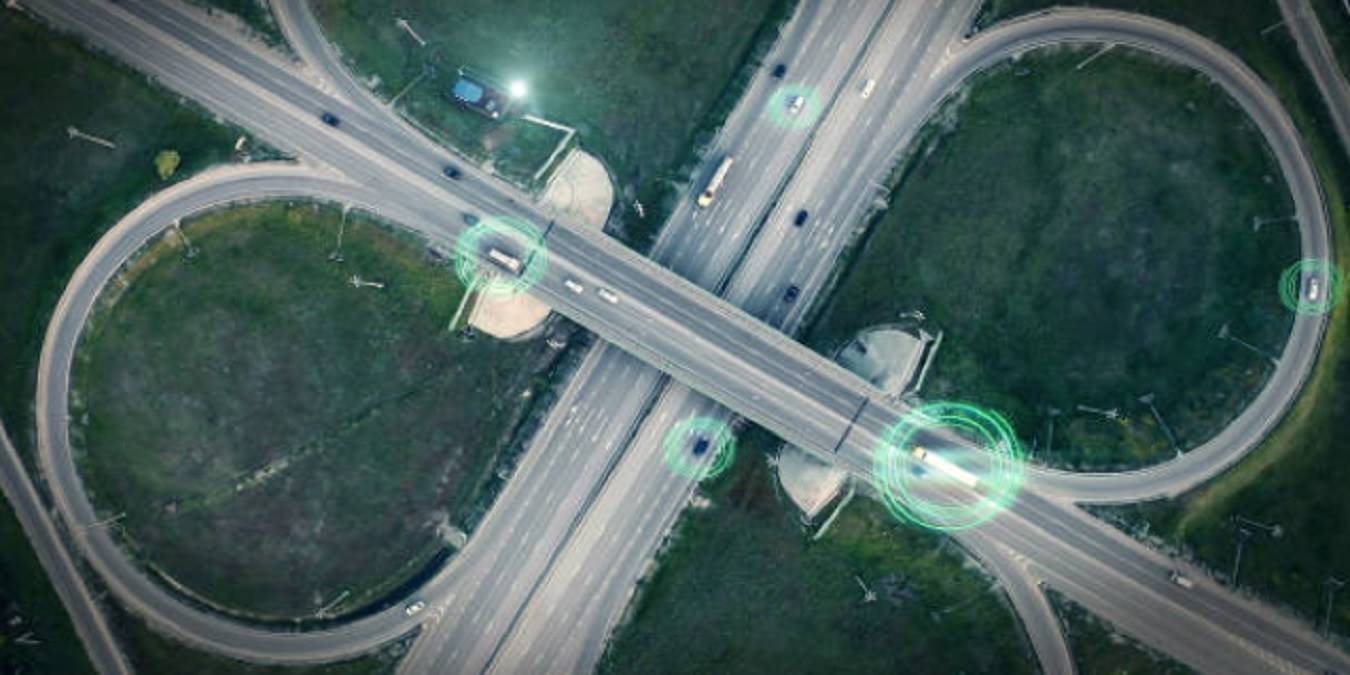
Crash avoidance is one of the most important requirements of fully-automated vehicles. If the self-driving car is to navigate the streets and highways based on an autopilot-like design, there can be no room for routine driving errors. You need a sensing application which can accurately detect environmental data around the vehicle, such as surrounding vehicles, objects, and people.
4D imaging radar is a promising new technology which performs high-resolution mapping for use in autonomous vehicles. Presently, low-resolution radars are in vogue across electric and semi-automatic vehicles, such as Audi’s “Turn Assist” and “Adaptive Cruise Control,” which warn of collision threats. The new standards of 4D radar imaging have been designed for higher automation, wider field of view (FOV), longer range, and all-weather visibility (rain, fog, dust, snowfall, and more).
More than a few radar-on-chip (ROC) component manufacturers are working on 4D imaging radar solutions and have their sights on the upcoming autonomous vehicle market. This makes radio-based vehicular radar systems one of the main driver assistance system alternatives to LiDAR modules, which use rapid laser signals for 3D mapping. Let’s briefly examine the potential of 4D imaging radar solutions in transforming the automotive industry’s future, along with key companies.
What Is 4D Imaging Radar?
The 4D imaging radar systems in the automotive industry work on the same principle as the conventional radar used in aircraft, submarines, ship navigation, missiles, weather analysis, and related applications. Radio waves bounce off (reflect) from an object (vehicle, trees, human beings, etc.) and return to the transmitting device along a wide focused beam. This helps give a detailed classification of those objects.
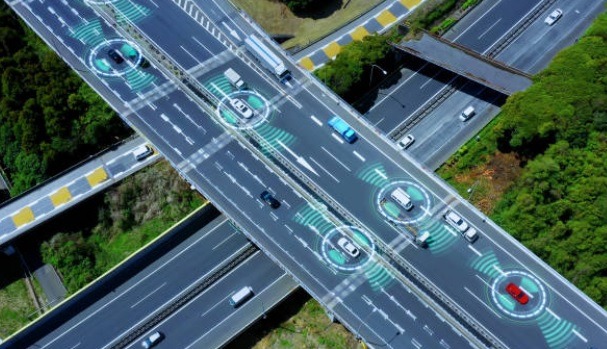
A key difference from 2D radar lies in the usage of the 4D imaging radar solution to generate high-resolution images of multiple objects. While conventional radar only allows a narrow focused beam (15 to 30 degrees), the beams generated in 4D imaging radar solutions have a much wider field of view (FOV) ranging from 90 to 120 degrees. This gives us a more detailed evaluation of the surroundings.
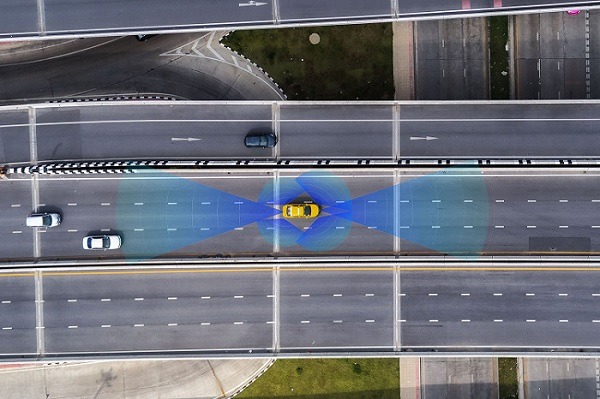
4D imaging radar solutions use a special kind of antenna called a Multiple Input Multiple Output (MiMo) antenna. Its design and sensor arrangement tweak a few concepts used in Physics, such as “time of flight” and “Doppler effect.” Without going into detail, it’s sufficient to know that these measurements help determine the objects precisely, which are then mapped in real-time.
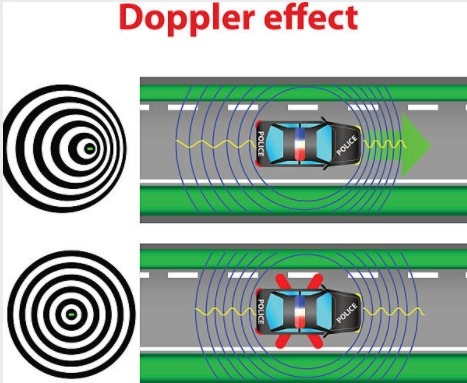
What Are the Four Dimensions of 4D Imaging Radar for Automotive?
What are the four dimensions (“d’s”) of the 4D imaging radar solution? Different manufacturers refer to slightly different terminologies, but they refer to the same measurements. The usage of range (distance), relative velocity (doppler), angular distance (azimuth), and the height of objects (elevation) are often used to describe the four key dimensions.
Naturally, to detect so many objects on the road, plenty of 4D imaging radar sensors are used. The higher the automotive radar density operated on the road, the more interoperability there will be of such sensors. This is especially true when we move from simple comfort systems to highly sophisticated systems. Most component manufacturers, therefore, prefer to deliver a radar-on-chip (ROC) or other forms of integrated solutions.
Let us illustrate a few of these products in the market.
1. Arbe Robotics 4D Imaging Radar
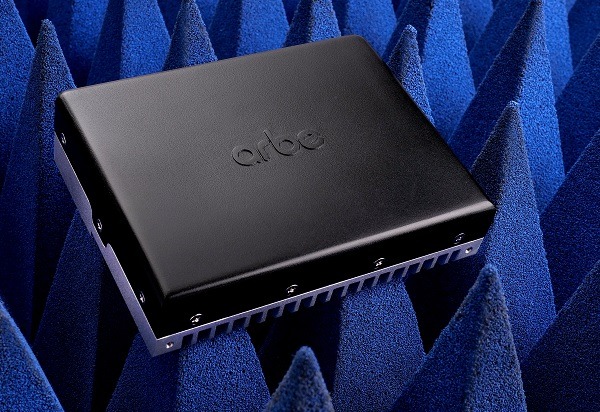
Israel-based Arbe offers a high-resolution 4D imaging radar chipset solution which claims many advantages, such as 4D point cloud output for sensor fusion, automatic interference avoidance, and real-time low-latency object detection. Its detection space is nearly 300 meters with an azimuth between -50 to 50 degrees, elevation between -15 to 15 degrees, and doppler between -70 to 140 meters/second. At only 14.3 X 12.7 X 3.8 cm and a weight of 1 kg, the solution supports 48 transmitters and 48 receivers for 2K high-resolution imaging.
2. Continental 4D Imaging Radar
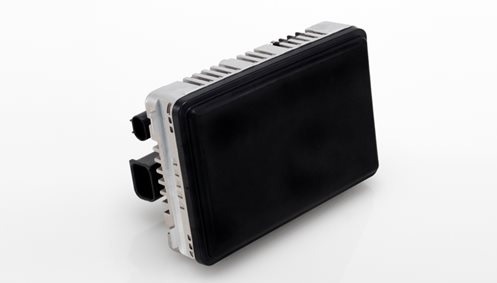
Continental Auto has a 4D imaging radar solution called ARS540 at 137 x 90 x 39 mm and weighing 500 grams. Like Arbe, it also uses the four dimensions of range, doppler, azimuth, and elevation. Its range is 300 meters but with a field of view of ± 60 degrees (120 degrees in total). The ARS540 solution can detect road limits such as dividers and the height of objects. It also uses multi-hypothesis tracking to better predict complex traffic situations.
3. Vayyar 4D Imaging Radar
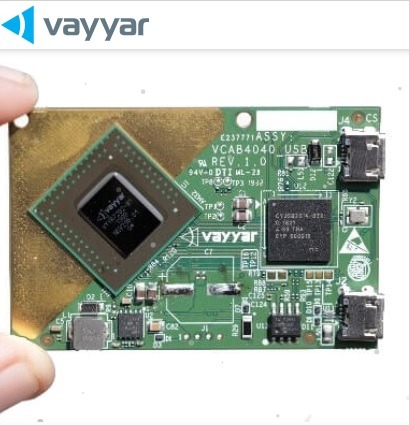
Vayyar is another Israel-based company with a very advanced 4D imaging radar solution for the autonomous vehicle market. At 72 transmitters, it’s one of the highest in the market. Vayyar uses an intelligent automotive sensor which can detect objects in real time – even inside the vehicle. Other smart features include blind spot detection, parking assistance, obstruction classification, and automatic braking. The occupancy detection goes further in separately classifying children and adults. Vayyar’s ROC solution works with other vehicle features – such as seat belt reminders, airbag deployment, and gesture control – for a truly smart experience.
Summary
4D imaging radars are a key optoelectronic solution to help close the last mile gap in Level 5 autonomous driving. It’s the highest level at which you can sleep in your car and the vehicle wakes you up at your destination. The ROC solutions discussed here are some of the most advanced in the market. Many imaging radar solutions also integrate with LiDARS and motion cameras to provide a holistic “perception” offering. Some experts have even started describing this original phenomenon as “perception-as-a-service.”
Get the best of IoT Tech Trends delivered right to your inbox!










